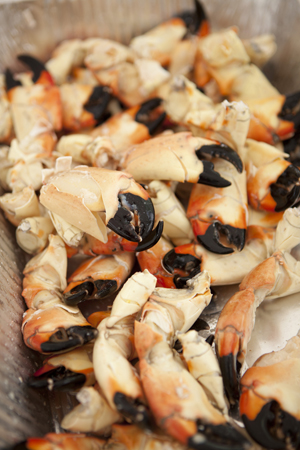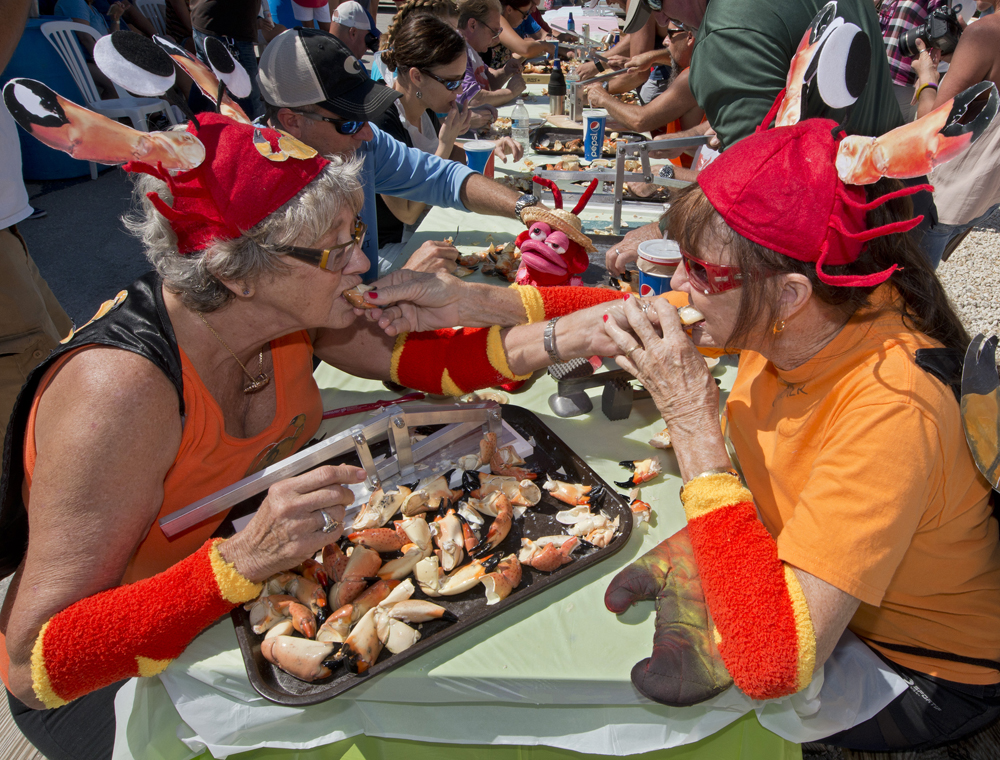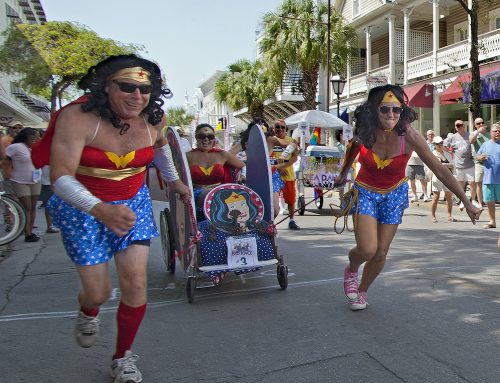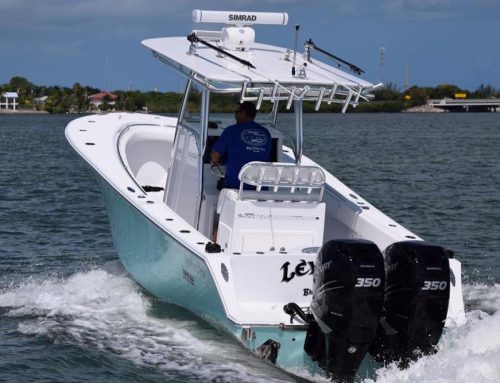They look like the clawed talons of some oversized prehistoric bird. That is, if the bird was dreamed up by a Disney animation specialist with a strange sense of humor. But these claws, orange-red and pale yellow and black, come from the ocean instead of the sky.

About 40 percent of Florida’s stone crab harvest comes from Florida Keys waters, and the sensational crustaceans appear prominently on restaurant menus throughout the Keys.
They’re stone crab claws, offering sweet and scrumptious meat that’s among the Florida Keys’ most popular (and deservedly famous) delicacies. Once the stone crab season begins each Oct. 15, these savory claws appear prominently on the menus of top Keys restaurants — triggering a virtual stampede of savvy seafood aficionados.
Typically the claws are satisfyingly large, closer in size to a large Maine lobster’s claws than a blue crab’s claws. Their commercial harvest dates back to the 1930s in Keys inshore waters, and the hard ocean floor and favorable environment support healthy local crab populations.
Stone crabs have the ability to regenerate their claws, making them a renewable resource. Fishermen generally pull the larger of the two claws and return the crab to its natural environment.
The claws are usually cooked immediately after being brought to the dock, by placing them in boiling water and then bringing the water back to a boil. Total cooking time is about seven or eight minutes.
What’s the secret to cracking the smooth, hard shell of the claw to get at the meat inside? Forget those squeeze-together shell crackers. Instead, gently smack the shell with the back of a spoon, and it will crack cleanly.
The traditional dip for stone crab claws is made from mustard (choose your favorite) with mayonnaise or sour cream, plus extras like Worcestershire or A-1 sauce and salt and pepper to taste.
One of the best spots in the Keys to savor stone crab is Keys Fisheries, located in Marathon. You’ll find the super-casual eatery in an industrial region off the Overseas Highway, right on the waterfront and surrounded by commercial docks.
A favorite of locals in the know, the establishment has a funky atmosphere that communicates the essence of the island chain’s laidback style. Guests sit at wooden picnic tables on an outdoor patio facing the Gulf of Mexico. Décor includes fishing nets and nautical art, and the stone crab claws have that fresh-off-the-boat flavor that can’t be surpassed.

Juan Mallen chomps on a stone crab claw to win the 2017 Keys Fisheries Stone Crab Eating Contest — cracking and eating 25 claws in 15 minutes and 6 seconds. (Photo by Andy Newman, Florida Keys News Bureau)
The quintessential crabs are prized so highly in the Keys that they even star in an offbeat consumption competition: the annual Stone Crab Eating Contest held at (where else?) Keys Fisheries.
Entrants in the yummy munch-fest must crack and chow down 25 stone crab claws faster than their rivals — picking the claws completely clean and leaving no meat uneaten.
This year, winner Juan Mallen of Hialeah, Florida, managed the daunting task in 15 minutes and six seconds. And while he was named crab-eating champ for the second consecutive year, he wasn’t quick enough to beat the contest record he established in 2016: an awe-inspiring 12 minutes and 54 seconds.
“The secret to win the contest is to be very hungry first, then make sure you break everything first,” advised Juan. “Eat as fast as you can.”
Stone crabs also play a starring role in the Original Marathon Seafood Festival each March. For more than three decades, local fishermen and their families have contributed stone crab claws and other fresh indigenous seafood to serve thousands of attendees who flock to the feast. Not surprisingly, it has become a beloved Keys tradition.
Happily for those of us who crave the tasty claws, the stone crab season continues each year through May 15. So head for your favorite Keys seafood emporium … and “get cracking” on a plateful.





